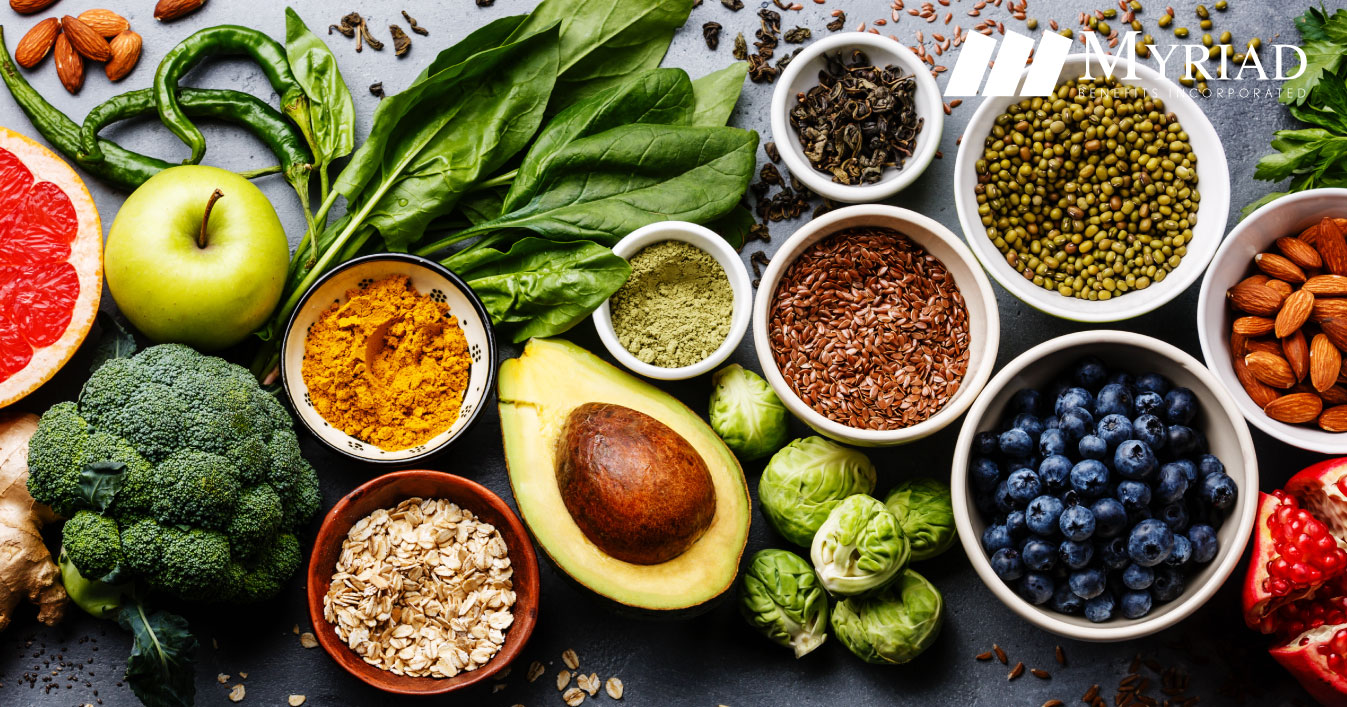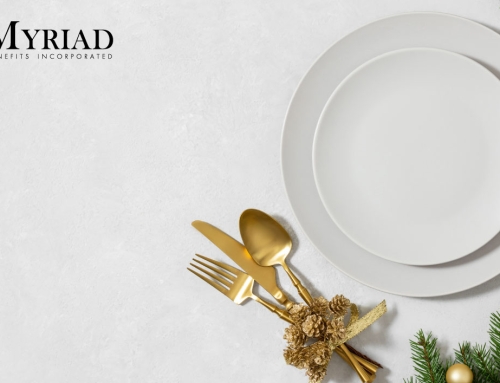Cholesterol is a fatty substance present in all cells of the body. It is produced by the liver to form cell membranes and produce certain hormones. This is released and flows into the bloodstream through two lipoproteins.
- LDL = low-density lipoprotein or bad cholesterol because it contributes to the accumulation of fat in the arteries (atherosclerosis). This narrows the arteries and increases the risk of heart attack, stroke, and peripheral arterial disease (PAD).
- HDL = high-density lipoprotein or good cholesterol, because it carries LDL (bad) cholesterol away from the arteries and back to the liver, where some of the LDL cholesterol is removed from the body.
Triglycerides are the most common type of fat in the body. They are responsible for storing excess energy from food. High levels are also associated with risk of heart attack and stroke.
Another part of the cholesterol in the body comes from foods that are high in saturated fat and of animal origin such as: dairy products, meats, eggs, chocolate, baked goods, processed and fried foods. High blood cholesterol is one of the main risk factors for cardiovascular diseases. According to the American Heart Association (AHA), more than 43% of adults in the United States have high cholesterol levels. Studies show that reducing blood cholesterol considerably reduces the risk of heart disease. Some ways to lower your cholesterol level are:
- Change your diet
- Start physical exercise program
- Take medicine to lower cholesterol
Prefer foods low in saturated fat and trans-fat such as:
- Variety of fruits and vegetables,
- Variety of whole foods (whole wheat bread, cereals, pasta and brown rice),
- Low-fat dairy products and lean meats (less fat),
- Prefers 8 ounces of fish such as salmon, trout, albacore, and sardines (not fried) and
- Unsalted nuts and seeds.
Consult with your doctor about desirable cholesterol levels and the best treatment for you.
By: Tania Mangual-Monzón, MS
Reference:













